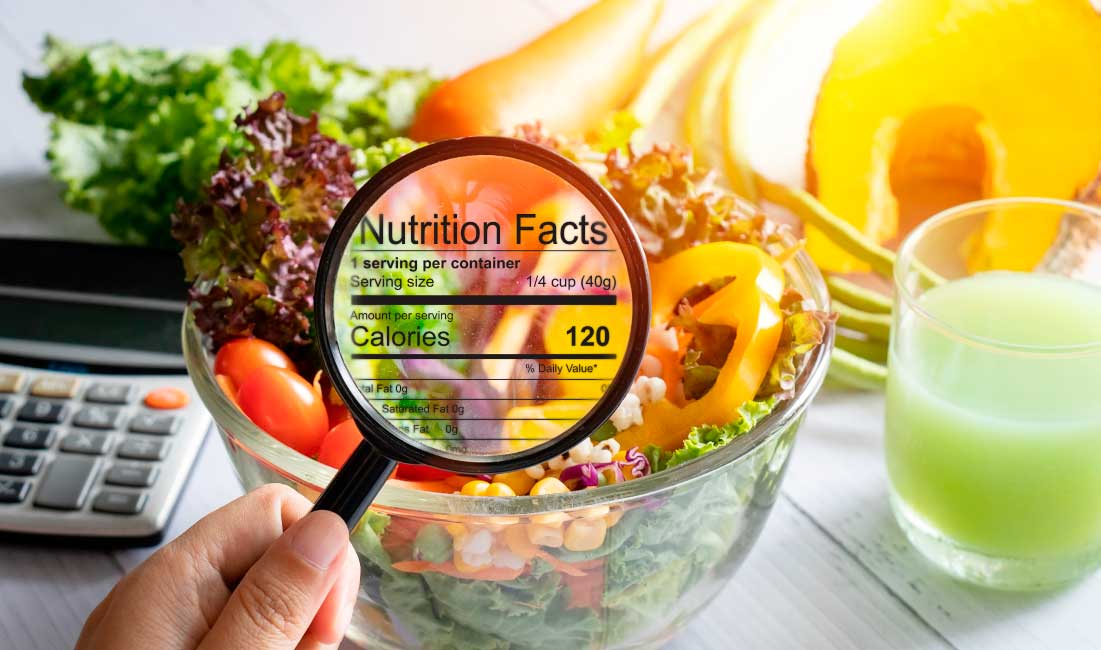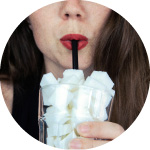






Despite our best efforts to maintain healthy eating habits, there is one sneaky ingredient that could be sabotaging your health and it's hiding right there in the nutrition labels of several favorite foods.
In pursuit of healthy eating habits, many of us actively look at the nutrition labels of our foods and beverages. We watch calories, fat, and don’t forget to check out the sodium. But there is one sneaky culprit that often goes unnoticed: sugar. Despite our best efforts, sugar can hide in plain sight in the seemingly innocent packages of our favorite foods and drinks.
At first glance, a product that claims to be "fat-free" or "all-natural" may seem like a nutritious choice. However, a closer look at the nutritional facts label may reveal a different story. Manufacturers often use sugar in various forms such as sucrose, high fructose corn syrup and maltose to improve sweetness and increase shelf life. Unfortunately, these added sugars can contribute to many health issues, including obesity, diabetes and heart disease.
One of the challenges consumers can face is identifying the actual sugar content of the product. While the "sugar" section on nutrition labels provides some insight, it doesn't distinguish between natural and added sugars. For example, a cup of yogurt may contain both lactose from milk and other sugars from artificial sweeteners or sweeteners. Without further investigation, it’s easy to miss the excess sugar hiding inside.
To further confuse matters, food manufacturers use different names to mask added sugars in ingredients. Watch out for words like dextrose, maltodextrin, and juiceless, as these are all sugars in disguise or hints that they’ve added more sugar. Even seemingly healthy items, like granola bars or fruit-based drinks, can be high in added sugar, undermining our efforts to eat healthy.
Our weight loss coach, Adrienne, has a bottle of Snapple fruit drink sitting in her office to illustrate to patients how this seemingly “good-for-you” drink isn’t going to benefit anyone's health. Despite the big bold “ALL NATURAL” banner and the brightly colored fruit on the label, which definitely looks healthy, it contains 48 grams of sugar.
Ok, so is that a lot? Let’s do the math…
For a visual reference, she poured out the drink and filled the bottle with 12 teaspoons of sugar and it filled up almost half of the bottle. So, yes, that’s a lot of sugar in a product that visually looks like it would support your health.
So, how do you navigate the minefield of hidden sugars lurking in nutrition labels? Here are a few tips for being a savvy shopper:
By taking the approach of reading nutrition labels in advance and understanding the sometimes sneaky tactics used by food manufacturers, you can reduce your intake of hidden sugars and improve your overall health and well-being. Remember, knowledge is power, so take the information you need to make informed decisions about the foods and beverages you consume.
At i spa Health Studio we believe in nourishing the body and mind. As part of our commitment to holistic wellness, we encourage our clients to be mindful of their food choices and strive for balance in all aspects of their lives. By raising awareness about hidden sugars and providing resources to support healthy eating, we empower individuals to take control of their health and live their best lives.
Add comment